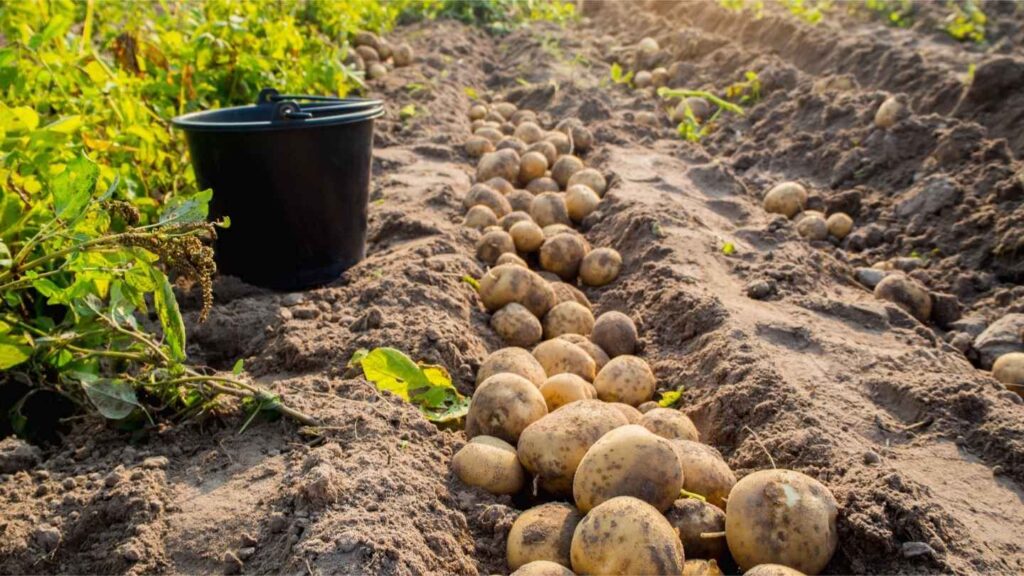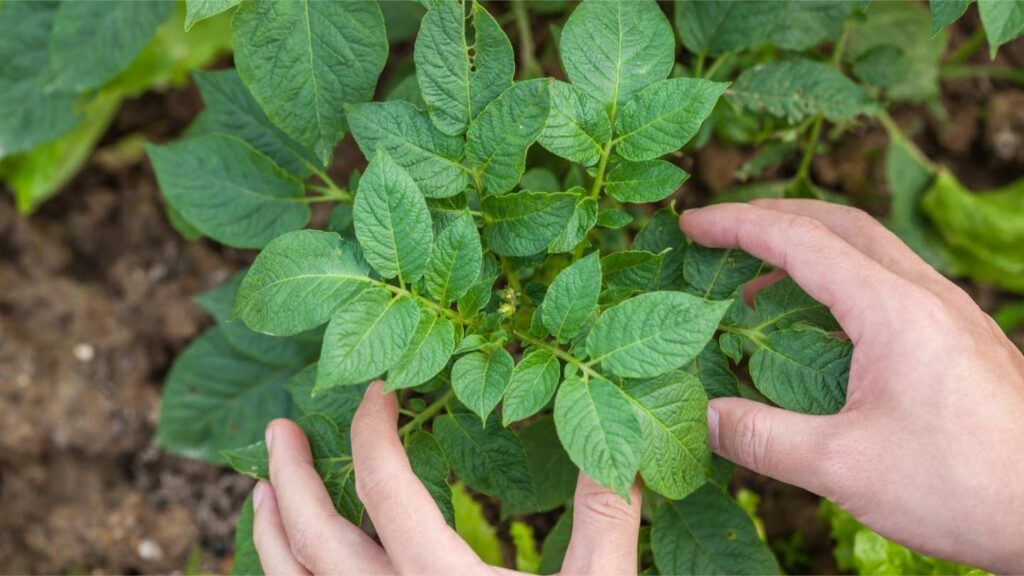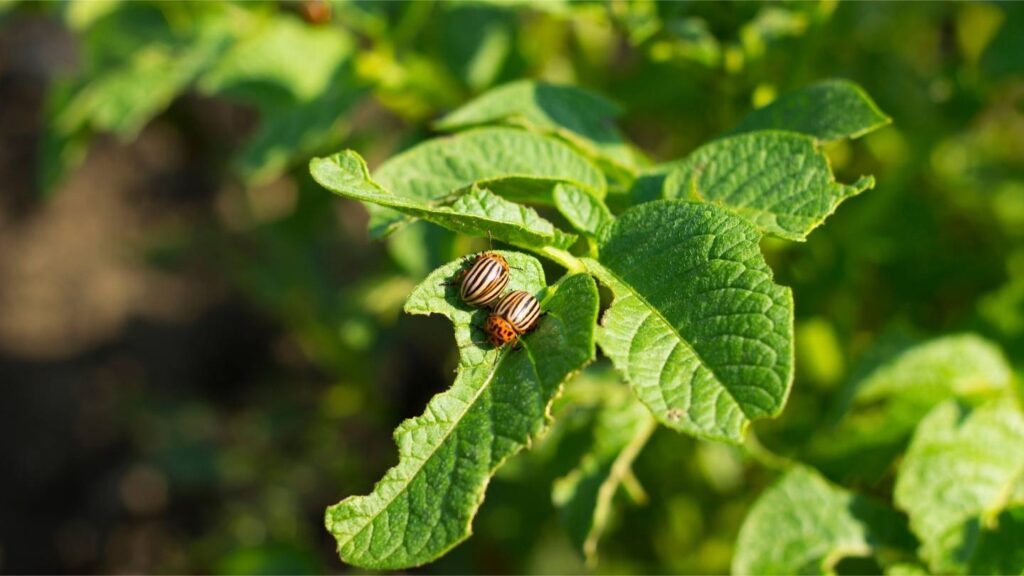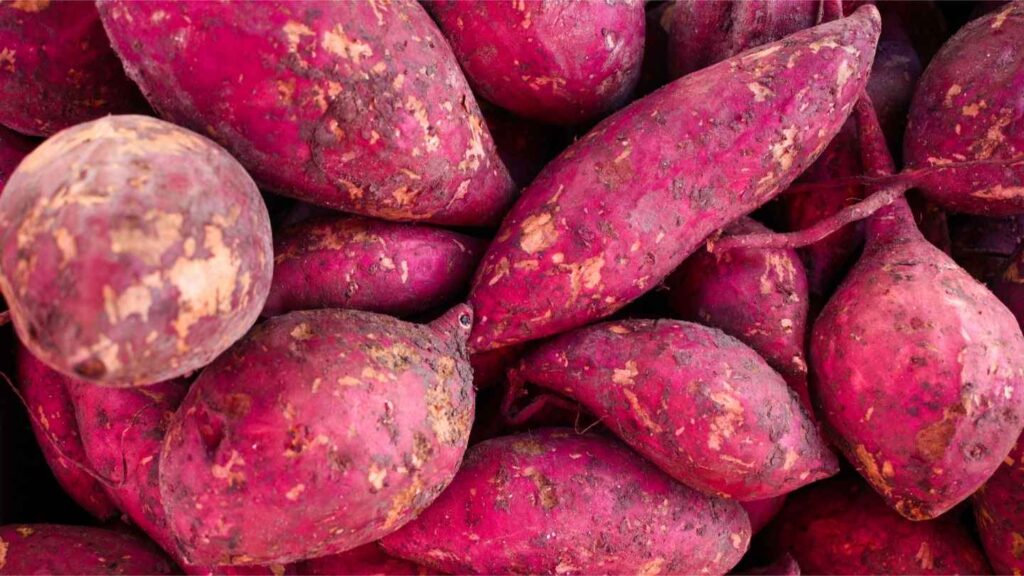Guide to Growing Potatoes: How to Harvest Delicious Spuds All Year Long
There is something magical about growing potatoes—those little treasures hiding beneath the soil, waiting to be unearthed. Whether you dream of creamy mashed potatoes, golden fries, or perfectly roasted spuds, cultivating your own crop is simpler than you think. Potatoes are hardy, versatile, and can thrive in gardens, raised beds, or even containers on a patio.
With just a bit of planning and care, you can enjoy a steady supply of fresh, homegrown potatoes all year round. This guide will walk you through everything you need to know—from planting to harvesting—to help you grow the perfect spuds.
Potato Plant Basics
Before you start planting, it helps to know a little about the crop itself.
- Common Name: Potato
- Botanical Name: Solanum tuberosum
- Family: Solanaceae (nightshade family, related to tomatoes and peppers)
- Sun Exposure: Full sun (6–8+ hours daily)
- Soil Type: Loose, well-drained, nutrient-rich soil
- Mature Size: Vines up to 3 feet tall; tubers grow underground
- USDA Zones: Annual in all zones
- Native Region: Andes Mountains, South America
- Toxicity: Green potatoes and leaves contain solanine (toxic to pets and people)

Guide to Growing Potatoes
Choosing Seed Potatoes
Always start with certified seed potatoes rather than grocery-store potatoes, which may carry diseases. Look for small tubers with multiple “eyes” (growth points).
👉 Pro Tip: If you want a year-round supply, stagger your planting every 3–4 weeks during the growing season.
Cutting & Preparing
- Cut large seed potatoes into chunks with 2–3 eyes each.
- Let them dry for a day so the cuts “heal” and resist rot.
Planting Depth & Spacing
- Plant 3–4 inches deep in rows or containers.
- Space each piece 12 inches apart.
- Cover lightly with soil and keep moist until sprouts appear.
Sunlight Needs
Potatoes love sunshine. Pick a spot with at least 8 hours of direct sunlight daily. Shade will reduce your harvest and may lead to leggy, weak plants.
Watering Potatoes
Potatoes need consistent moisture, especially while flowering (this is when tubers form).
- Water deeply once or twice a week.
- Avoid soggy soil, which can cause rot.
- Use mulch (straw, grass clippings, or leaves) to keep soil cool and moist.
Soil & Fertilizer
Potatoes need light, loose soil to expand underground. Heavy clay makes them misshapen.
- Ideal Mix: Loamy soil with compost or aged manure.
- pH Range: 5.5–6.5 (slightly acidic).
- Fertilizer: Add balanced fertilizer (10-10-10) at planting, and again mid-season when plants reach 6–8 inches tall.
👉 Avoid fresh manure, which can cause disease and scabby potatoes.

Hilling: The Secret to Bigger Harvests
“Hilling” means mounding soil or compost around the potato stems as they grow.
- Do this when plants are 6–8 inches tall.
- Repeat every 2–3 weeks.
- Keeps tubers covered (sunlight turns them green and toxic).
- Encourages more potatoes to form along the buried stems.
Common Potato Pests & Diseases
- Colorado Potato Beetle: Hand-pick and drop in soapy water.
- Aphids & Flea Beetles: Use neem oil or row covers.
- Blight (early/late): Rotate crops yearly and avoid overhead watering.
- Wireworms: Avoid planting potatoes in freshly sodded areas.
👉 Pro Tip: Rotate potatoes with legumes (beans/peas) to naturally restore nitrogen to the soil.

Harvesting Potatoes
There are two stages of harvest:
- New Potatoes – 2–3 weeks after flowering. Small, tender, and perfect for roasting.
- Full-Sized Potatoes – 90–120 days after planting, once foliage dies back.

- Use a garden fork or your hands to carefully dig around plants.
- Let tubers dry for a few hours in the shade before storage.
How to Store Potatoes
- Store unwashed potatoes in a cool, dark, ventilated place (ideally 40–50°F).
- Do not refrigerate (makes them sweet).
- Keep them away from onions, which release gases that cause sprouting.
👉 Storage Hack: Use burlap bags or baskets instead of plastic, which traps moisture.
Must Read: 12 Natural Remedies for Belly Fat
Must Read: 12 Natural Remedies for Hormonal Imbalance in Females
Must Read: 20 Natural Remedies for Acidity
Must Read: 10 Natural Remedies for Lice
Must Read: 10 Natural Remedies for Stomach Ache
Best Potato Varieties to Grow

- Yukon Gold – Golden flesh, creamy, perfect for mashing and roasting.
- Red Norland – Early red-skinned variety, great for boiling.
- Russet Burbank – Classic baking potato, fluffy texture.
- Purple Majesty – Vibrant purple flesh, antioxidant-rich.
- Fingerlings – Small, gourmet potatoes, perfect for roasting.
Are Potatoes Safe for Pets?
Potato leaves, stems, and green tubers contain solanine, which is toxic.
- Never let pets (or kids) chew on the plants.
- Always remove green sprouts or skin before cooking.
FAQs About Growing Potatoes
1. Can you grow potatoes indoors?
Yes — use a large container or grow bag near a sunny window or under grow lights.
2. How many potatoes do you get from one plant?
On average, 5–10 potatoes per plant, depending on variety and care.
3. Can you regrow potatoes from scraps?
Yes, as long as they have healthy eyes. But store-bought potatoes aren’t always disease-free.
4. Do potatoes grow back every year?
No, they’re annuals. You’ll need to replant each season.
Final Thoughts
Growing potatoes is easier than most people think, and the reward is worth it. With the right care — sunlight, loose soil, regular hilling, and timely watering — you’ll enjoy fresh, homegrown spuds for months. Whether you’re aiming for buttery mashed Yukon Golds, crispy Russets, or colorful Purple Majesty potatoes, the process is fun, affordable, and endlessly rewarding.








3 Comments